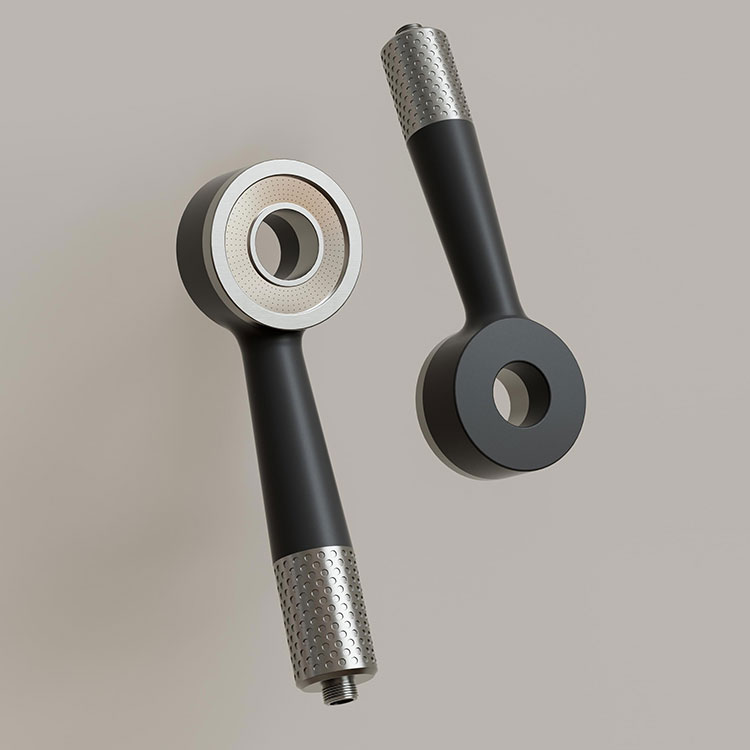QR Code

About Us
Contact Us


E-mail

Address
Floor 2, Nanbang Mingzuo, Ningbo, Zhejiang, China
The adaptability of the handheld showerhead is determined by the physical matching degree between the structural parameters of its connection end and the target water supply system. The handheld showerhead is connected to the wall outlet through threaded coupling or snap-on locking mechanism, and the adaptability range is limited by the compatibility of the interface diameter, thread direction and sealing gasket shape. The rigid installation mode of traditional fixed showerheads usually presets a single adaptation standard, while the handheld design needs to cope with the interface variation of pipeline systems in different building eras.

Material differences affect the long-term adaptation stability of the handheld showerhead. The misalignment of the brass interface and the plastic thread in the thermal expansion and contraction coefficient may cause periodic leakage. The rubber sealing ring of the handheld showerhead is sensitive to the flatness of the end surface, and the microscopic gap caused by pipeline corrosion or scratches may exceed the critical water pressure threshold. Some quick-release interfaces rely on the radial clamping force of the spring claws, and excessive pipe outer diameter tolerance will cause locking failure.
Differences in regional water supply specifications lead to the discretization of thread parameters. Handheld showerhead manufacturers usually adopt modular solutions with replaceable adapters to cover mainstream specifications. In extreme cases, non-standard pipes require customized transition connectors, and changes in fluid dynamics may affect the uniformity of the water outlet pattern.




Floor 2, Nanbang Mingzuo, Ningbo, Zhejiang, China
Copyright © 2025 Ningbo Archermind Electronic Commerce Co., Ltd. All rights reserved.
Links | Sitemap | RSS | XML | Privacy Policy |
